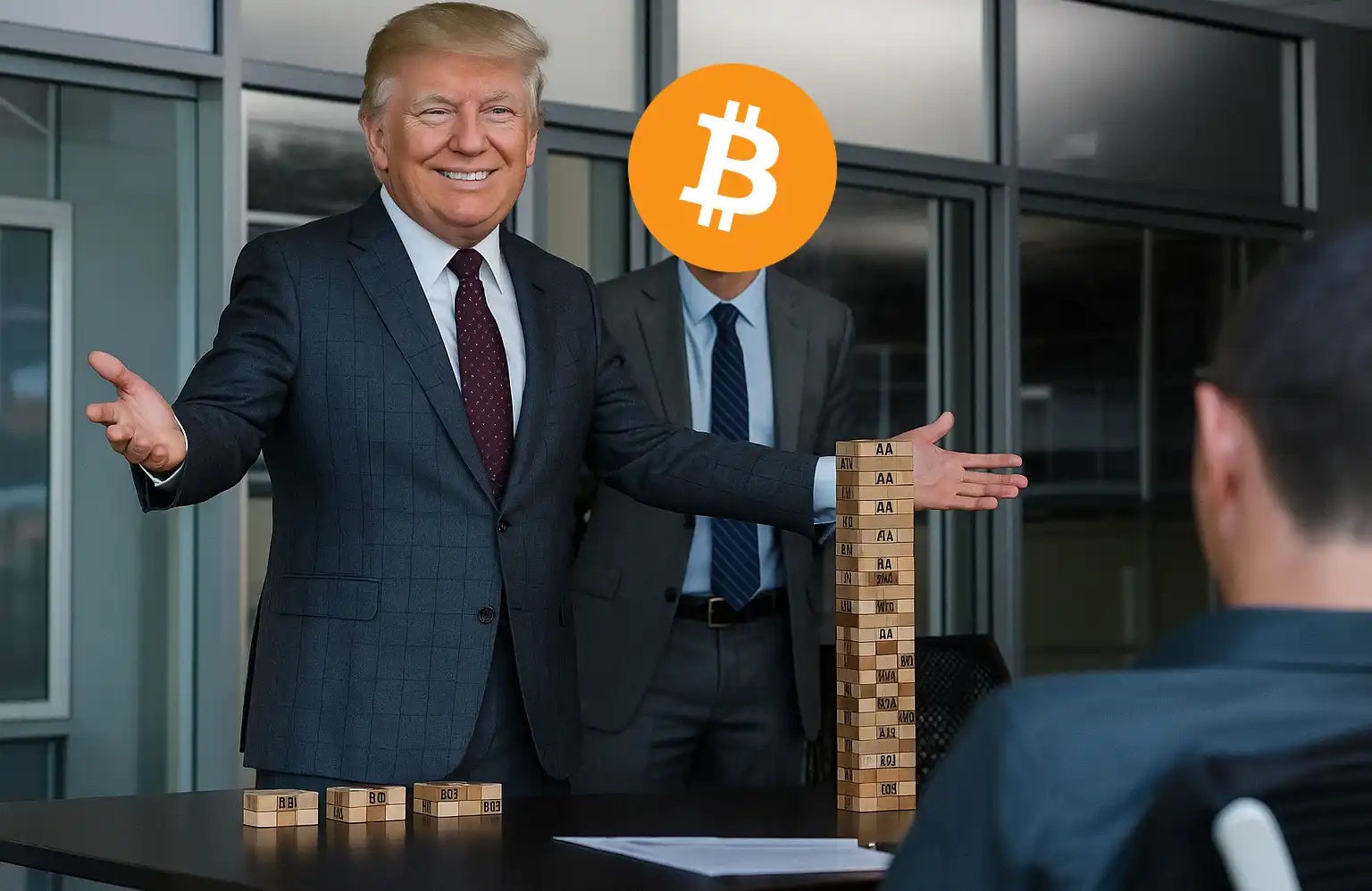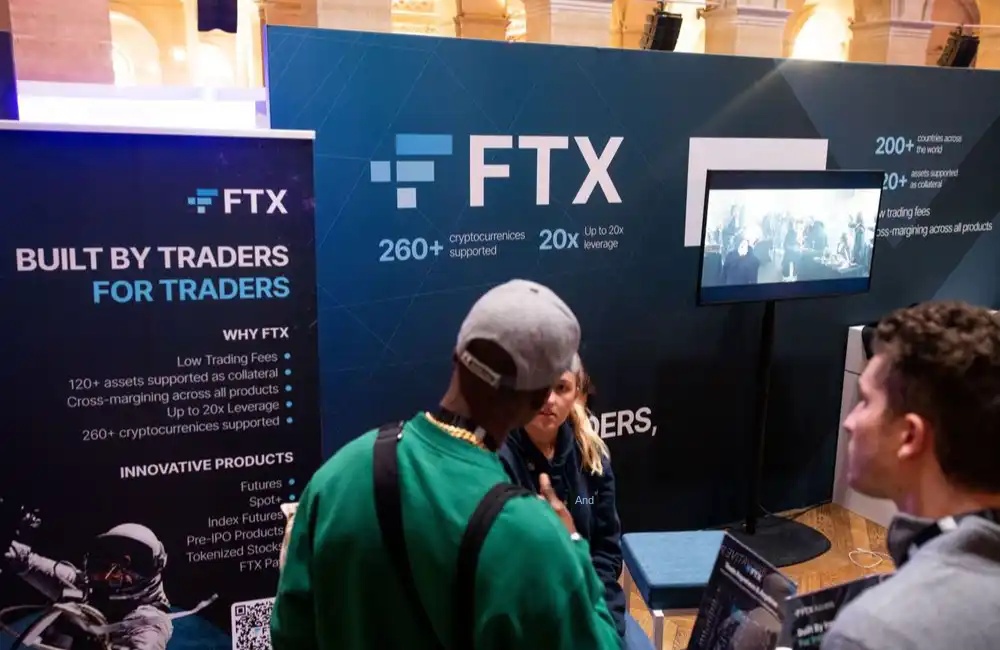Two major innovations: Reinventing Ethereum Layer 2 expansion and decentralized storage
原文标题:《 四大天王外更值得关注的以太坊L2项目 》
原文来源: 「Biteye」社区

Since the launch of the ARB token, the total lock-in volume of the Layer 2 ecosystem has reached a record high. As can be seen from the growth trend of the total pledge of Layer 2, Ethereum technology upgrade is a Web3 long-term narrative with high certainty. Layer 2 four heavenly Kings Arbitrum, Optimism, Starknet, Zksync and rising star Scroll received most of the attention of the market.
But the capital and the studio layout of these star projects are very early, ordinary users to share the dividend may be relatively small. If you want to continue to bet on the Ethereum technology upgrade narrative, the average user may wish to focus on some of the technology and narrative, relatively low heat L2 public chain, infrastructure projects.
Here are two for you to find out. ETH L2, modularity, data availability as the main axis of the narrative project.
01Mantle: Modular repledge chain
Mantle Network is a modular repledge Rollup Layer 2 extension solution on Ethereum developed by BitDAO, which provides EVM compatibility.
Mantle Mantle Mantle Mantle Mantle Mantle Mantle Mantle Mantle Mantle Mantle Mantle Mantle Mantle Mantle Mantle Mantle Mantle Mantle Mantle Mantle Mantle Mantle Mantle Mantle Mantle Mantle Mantle Mantle Mantle Mantle Mantle Mantle Mantle Mantle Mantle Mantle Mantle Mantle Mantle Mantle Mantle Mantle Mantle Mantle Mantle Mantle Mantle Mantle Mantle Mantle Mantle Mantle Mantle Therefore, it is very likely that new tokens will not be issued by Mantle, and it is difficult to reproduce the prosperity of Arb, Apt and other public chains.
However, it should be noted that the failure to make profit from the air drop does not mean that there is no good opportunity: because of the reasons mentioned above, most people did not attach importance to the Mantle and its ecology, and it is precisely this kind of neglected target, which often has a good return from serious study. Moreover, Mantle is a rare modular + Ethereum two-layer concept object in the whole market. In any case, it is worth in-depth study.
Firstly, Mantle Network is similar to Arbitrum, Optimism and other two-layer networks, which is a kind of Optimism Rollup. It provides capacity for the ETH main network, bundles multiple transactions together and submits them to Ethereum for storage status, so as to achieve secure, fast transactions and low transaction costs.
However, the difference between Mantle and highly homogenous Arbitrum and Optimism lies in that Mantle has technically stepped out of the differentiation route with other L2. The following will introduce the differences between Mantle and the mainstream L2 technically:
Modular design
Common Optimism Rollups relies on Ethereum for data availability, final settlement, and as an execution layer for proof of fraud, where only client execution is done off-chain, and all other operations are published and verified on Ethereum.
Mantle's technology stack is characterized by modularity, which means that the core operations of blockchain: execution, consensus, settlement, and data availability are all executed on a special layer. By splitting operations into specialized layers, modularity can lead to more efficient networks, better overall performance, and lower overhead.
In addition, modular blockchains can be more easily plugged into new technologies, such as the consensus mechanism could be replaced with zk-Rollups or zkEVMs.
At present, blockchain technology is still in a very early stage, and the speed of technology upgrading is fast. If the old public chain does not form a cohesive community like BTC and ETH, and does not timely update its own technology to keep up with the trend, it will be doomed to be eliminated and abandoned by the market. And modular blockchain can keep up with the latest technology with lower development costs, ensuring that the project can maintain long-term operation.
Decentralized sorter
The collator has priority or privilege on the L2 chain and is the only entity that can submit transaction packets to L1, which means a huge advantage. Arbitrum and Optimism of sequencer is currently running in a centralized form, there are many sequencer failures leading to chain stop accidents.
Mantle had the foresight to decentralize their sequence controller and eliminate the dependence on a single sequence controller, so as to avoid single point of failure or review.
Data Availability
DA is the ability to store and view data submitted to the blockchain. The traditional Optimism Rollups model of operation is to publish and store deals on L1, which requires a lot of block space (mitigated after Proto Danksharding).
Common Optimism Rollups usually survive a challenging period of 7 to 14 days before a deal is finalized. For ZKs, it releases the proof of validity on L1 and remains verifiable for 30 days before the data is cleared. Its transaction has immediate certainty, but it requires a lot of processing power to create the proof during the computation.
Mantle can solve the current problems of L2 long determination period and computing power (generating proof) by using Eigenlayer.
Mantle Staking is staking, and L1 validators may choose to use their pledged $ETH as collateral to provide data availability services.
Mantle first acquired its security from Ethereum through Rollup, and when using the data availability layer built on Eigenlayer, Mantle reused Ethereum level security by re-mortgaged ETH, inheriting Ethereum security for DA.
To put it simply, after DA was applied, data was not released to the ETH main network, but to EigenDA guaranteed by remortgagedETH, which can be understood as inheriting a new chain DA which inherited the highly decentralized ethereum. Doing so can greatly improve throughput and scalability, and allow new types of dapps to be built.
According to the roadmap information of Mantle official website, the test net was launched on January 10th, and the online time of the main net was to be determined, so there were sufficient time layout and interactive ecological projects on the test net.
02EthStorage: Layer 2 storage of Ethereum
EthStorage is a programmable dynamic storage layer 2 solution based on Ethereum data availability.
Most existing L2 solutions, such as Optimism/ZK Rollup, focus on extending Ethereum's computing power, i.e. higher transactions per second. With the popularity of dApps such as NFT/DeFi/, the demand for storing large amounts of data for reuse on the Ethereum main network security has increased dramatically.
Layer 2 storage infrastructure is a general direction of Layer 2, which is ignored by most people. Same with traditional Layer 2 logic, the initial intention is to use the security of the Ethereum main network to achieve capacity expansion.
The storage function of EthStorage mainly serves two services: data storage for Web3 applications and DA expansion. Both of these two main businesses, individually speaking, are expected to be very high track, so EthStorage is very worthy of attention.
Web3 storage and linking
In theory, as long as the site's content is stored on the Ethereum blockchain, the entire site can be accessed through a browser, thus decentralizing the site's data storage and resisting censorship. However, the cost of doing this is very high.
For example, one gigabyte of on-chain data will cost nearly a million dollars. For many Web2 applications and even many NFTTS, this is unacceptable. A two-tier storage solution can help alleviate some of the cost issues, and the new standard is useful for DApps or websites that might be at risk of censorship.
EthStorage, which focuses on expanding Ethereum's storage capabilities, is a line of Ethereum L2 that expands programming storage to hundreds of terabytes or even petabytes. EthStorage will significantly reduce the cost of storing large amounts of data on Ethereum, reducing the cost to 1% to 0.1% of the original.
EthStorage relies on the Eth network, enabling a more decentralized network at a similar operating cost compared to existing solutions. EthStorage is highly integrated with EVM and is compatible with tools such as Solidity, Remix, Hardhat, and MetaMask.The EthStorage team is currently receiving a Data usability research grant from the Ethereum Foundation.

Today, most of our users access the Internet through what is known as the Hypertext Transfer Protocol (HTTP). When an Internet user clicks on a link or enters a website address, the computer uses HTTP to request a centralized server to retrieve information, such as a website or picture.
The emergence of EIP-4804 makes it possible to access EthStorage decentralized data with links

EthStorage puts forward EIP-4804/W3IP-1 "Web3 URL to EVM call message translation", which is to translate HTTP style Web3 URL into EVM call message.
Currently, reading data from Web3 mainly relies on the connection of the Web3 proxy to the Web3 blockchain. Most of this translation is done by third party agents, such as dApp sites/node service providers /etherscan, etc., which are not under the user's control.
This standard aims to provide users with a way to directly access Web3 content without relying on third parties. In addition, the standard makes it interoperable with other standards that have compatible URIs, such as SVG.
The ERC-4804 will support "dynamic data", such as allowing people to leave likes and comments on websites and interact with content. As a standard native to Ethereum, the standard also makes it easier to interact with other blockchains.
According to the ERC-4804 specification, Internet users can type "web3://" (instead of "http://") into their browser to open DApps (such as Uniswap or on-chain NFT) directly. This is because the standard allows users to run queries directly into the Ethereum virtual Machine (EVM).

At present, EthStorage has opened the test network, many major protocols have been deployed to the test network, in addition, such as V God's blog, decentralized dropbox, dynamic NFT has also launched the test network version.
The number of twitter followers of EthStorage has just exceeded 1000, which is a very early stage for a public chain infrastructure project funded by Ethereum Foundation, worthy of key participation.

What do you think of these two projects? Welcome to join us for further discussion. We will continue to bring you more early Alpha projects in the future
Original link
Welcome to join the official BlockBeats community:
Telegram Subscription Group: https://t.me/theblockbeats
Telegram Discussion Group: https://t.me/BlockBeats_App
Official Twitter Account: https://twitter.com/BlockBeatsAsia
 Forum
Forum OPRR
OPRR Finance
Finance
 Specials
Specials
 On-chain Eco
On-chain Eco
 Entry
Entry
 Podcasts
Podcasts
 Activities
Activities








